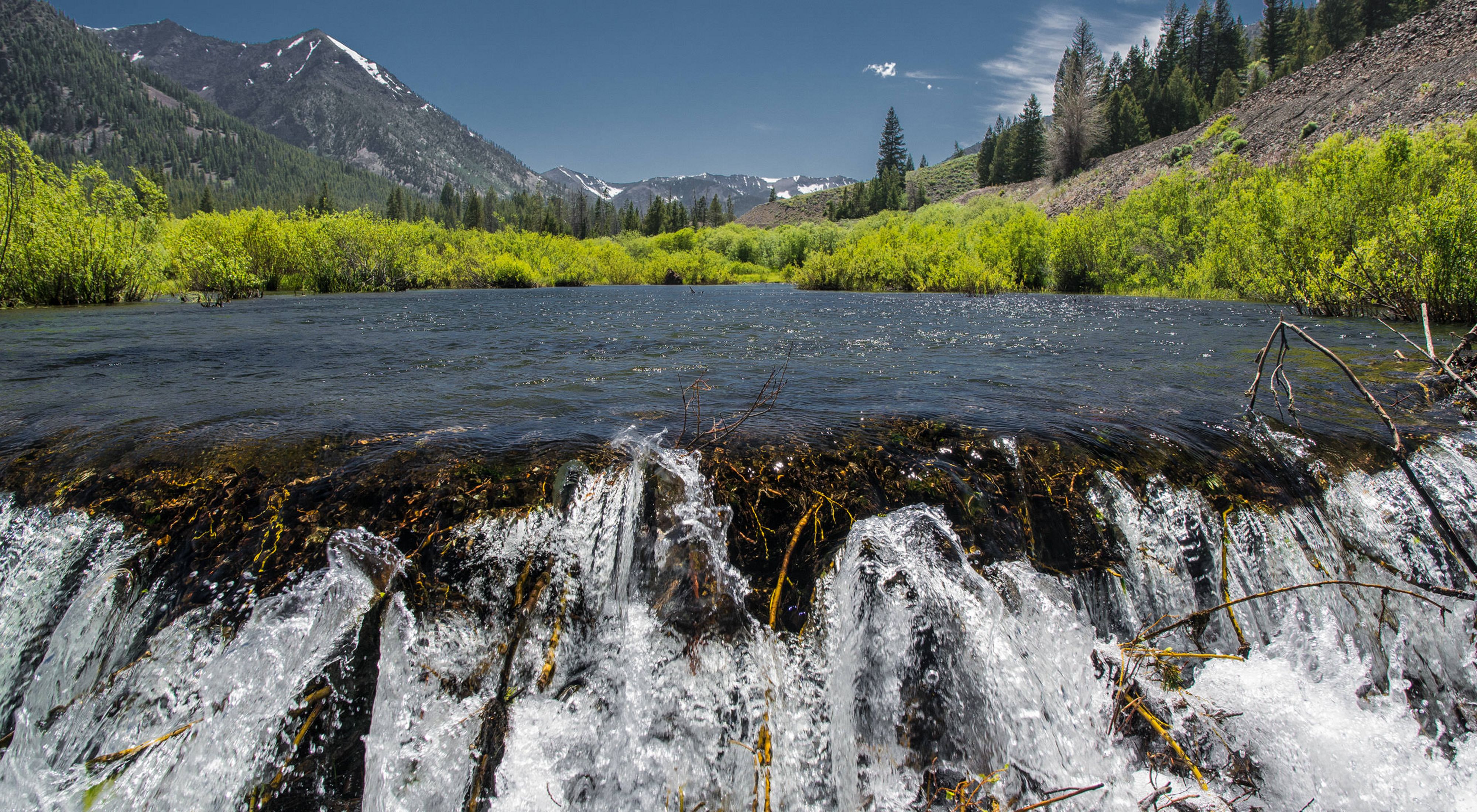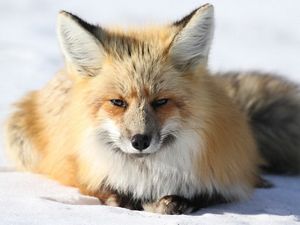How We’re Protecting Land and Water in Idaho
TNC is conserving and restoring landscapes to help our wildlife and communities better face a changing climate.
People are drawn to Idaho by its open space, free-flowing rivers and incredible wildlife. Yet, our lands and waters face extraordinary pressure from the compounding threats of climate change, development and loss of biodiversity. If left unchecked, these threats will have devastating impacts on wildlife habitat, our economies and communities.
With science as our guide, our land and water conservation work focuses on protecting landscapes that are the most critical for species to survive as the climate changes, restoring the health and resiliency of forests for our communities and restoring spawning habitat for salmon.
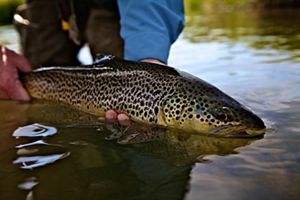



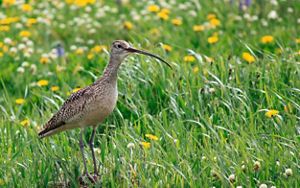



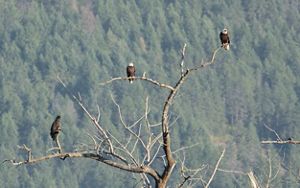
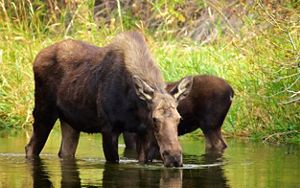
What Are Resilient and Connected Lands?
Many of Idaho's vast landscapes are a patchwork of public lands and private working lands—family forests, ranches and farms. Keeping these lands stitched together is crucial for wildlife that depend on connected, undeveloped land to move for food and adapt to changing climate conditions.
Migration patterns are shifting across the West as the changing climate forces wildlife into new areas, in an effort to survive. Their best chances may be found in places that offer the strongest foundation for life to thrive. Places like these are mostly undeveloped and have wide-ranging soil types, elevations and slopes. By mapping and evaluating key features that buffer against climate change, we can identify and conserve the places where plants and animals are more likely to adapt to the changing climate. TNC scientists refer to them as “climate resilient” and have identified areas that meet these criteria.
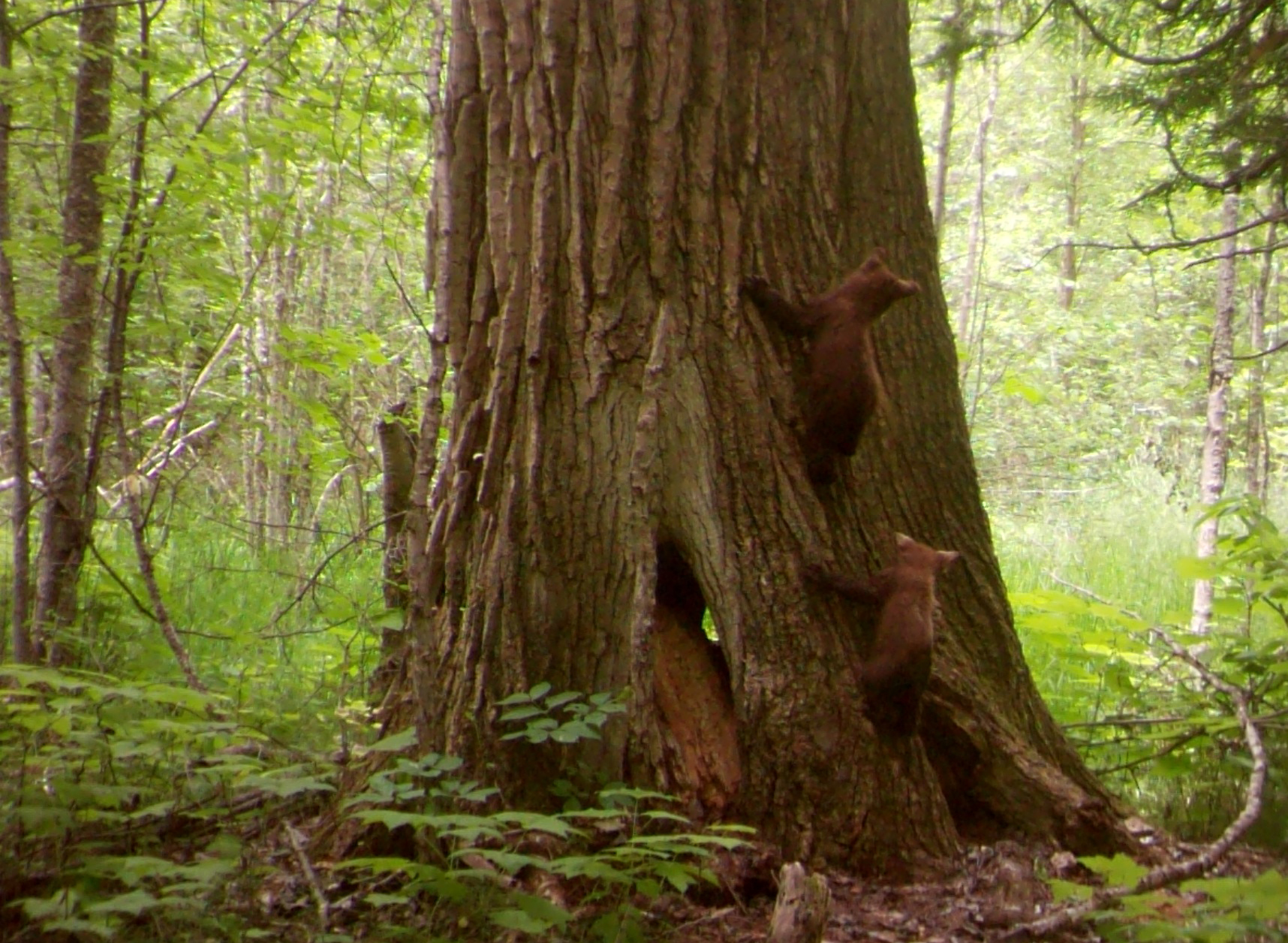
Project Highlight
Maintaining North Idaho's Wildlife Connections
There are few wild places in Idaho where maintaining connection is more necessary than our northern-most reaches in Boundary County along the Canadian border. Between the Cabinet Mountains to the east and the Selkirk Mountains to the west, more than a million acres of national forest land is separated by valley bottoms. Species such as grizzlies, Canada lynx, moose and wolverines depend on connected, undeveloped land in this expansive landscape to survive, thrive and maintain genetic diversity in their populations.
In an international landscape-scale conservation effort known as the Hall Mountain-Kootenai Valley Forest Legacy Project, TNC assisted Idaho Department of Lands in the permanent protection of properties that provide critical stepping-stones for wildlife traveling across the valley to find food and to respond to fire, drought and threats from a changing climate.
Protecting this landscape would not have been possible without backing from the Forest Legacy Program, which itself is funded through the Land and Water Conservation Fund (LWCF). In 2020, LWCF received permanent funding through historical, bipartisan legislation called the Great American Outdoors Act.
Resilient and Healthy Forests
Idaho’s forestlands are places where we work and play, sustaining Idaho’s recreation and timber economies and providing lifeblood for nearby towns. But the health of these forests is rapidly declining.
Over the past century, efforts to suppress fire has left forests densely overgrown. On top of that, climate change has brought hotter, drier conditions and more drought, pests and diseases that stress trees. Science shows that restoration employing a combination of thinning—removing smaller trees and overgrowth to allow healthier spacing—and controlled burns—lighting small fires under safe, managed conditions—can make our forests and nearby communities more resilient. In Idaho, where forests are vital to our way of life, it is imperative that we use all the tools in our toolbox to support them.
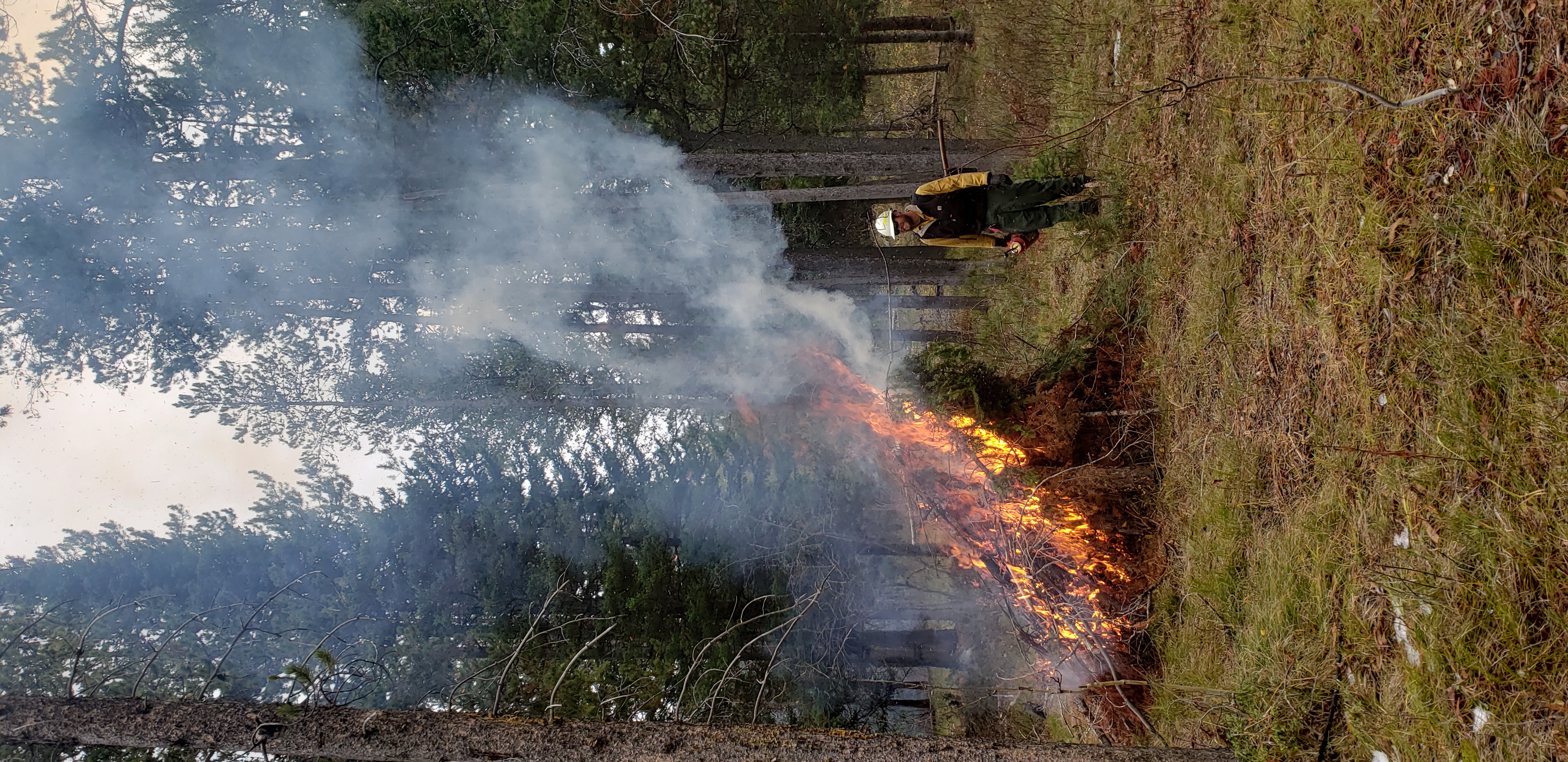
Project Highlight
Collaborating to Improve Forest Health in the Henrys Fork Watershed
Since 2013, TNC has been working with partners in the Upper Henrys Fork watershed to improve forest health, protect critical wildlife habitat and reduce the community's risk of catastrophic wildfire.
After years of collaboration with the U.S. Forest Service, TNC launched a project to regenerate aspen trees on more than 40,000 acres in the Caribou-Targhee National Forest (CTNF). In addition to providing critical forest habitat, aspens have high moisture content that makes them more difficult to burn, potentially reducing the intensity of fires and improving fire resiliency. Aspen has seen a 79% decline in the area. This project is helping us reverse that trend.
Building on that partnership, TNC initiated an agreement with CTNF and the Idaho Department of Fish and Game to engage more fully on forest restoration work. TNC is deploying short-term crews of trained fire professionals dedicated to reducing a backlog of restoration projects. Because these crews are hired by TNC, they are able to focus on proactive forest treatments without getting pulled away to wildfire suppression efforts. This type of partnership model will enable TNC to expand much-needed solutions to Idaho forests across the state.
Salmon and Steelhead Recovery
Salmon and steelhead have been called the “wild heart” of Idaho. For good reason—no other wild creatures are more integrally tied to our way of life and the health of our natural systems than salmon and steelhead. Going back thousands of years, Indigenous peoples built entire cultures and a way of life around salmon. They are food for wildlife and the foundation for recreational fishing businesses in small communities around the state.
Today, we are perilously close to losing them. Driving this precipitous decline is habitat loss and degradation, as well as barriers to migration to and from the ocean. Our work aims to support salmon recovery by restoring spawning habitat and securing adequate water flows for rivers in Idaho. Our efforts are focused on the recovery of native and wild fisheries in the Upper Salmon, Wood River including Silver Creek, and Upper Snake Rivers.

Project Highlight
Protecting and Restoring Salmon Habitat at Split River Ranch
The Lemhi River is one of the top salmon spawning tributaries in Idaho, meandering 60 miles through Central Idaho before joining the Salmon River. For more than 20 years, TNC and partners have worked to protect spawning grounds in the upper reaches of the Lemhi River. But in addition to spawning habitat, juvenile fish need specific habitat conditions further downstream to grow strong for their 850-mile journey to the Pacific Ocean.
Continuing the region’s legacy of partnership-driven conservation, TNC collaborated with partners to address this critical need and support salmon recovery in this significant river. TNC secured a conservation easement that will protect Split River Ranch, a 257-acre property containing a 1.5-mile-long high-priority stretch of the Lemhi River that will provide much-needed habitat for juvenile salmon. Science indicated that this part of the river was especially important for young salmon.
The next step will include extensive habitat restoration along the river while the property remains a working ranch for the landowner’s family. The restoration efforts will create more ideal conditions for juvenile salmon by slowing down stream flows, enhancing habitat diversity in and around the stream and improving water quality. This effort addresses just one of the many solutions needed to recover salmon in Idaho. By providing quality habitat, we are supporting salmon through key stages of their life cycle. As we work toward a future with flourishing and abundant salmon populations, restoration projects like this will ensure they have the habitat they need to thrive.
We Can’t Conserve Nature Without You
Sign up to receive monthly conservation news and updates from Idaho. Get a preview of Idaho’s Nature News email.
Your Chance to Give Back
The Nature Conservancy is working to protect Idaho's wild places for people and nature.
